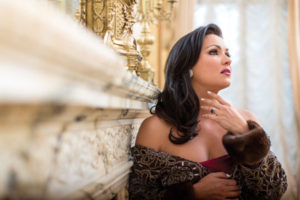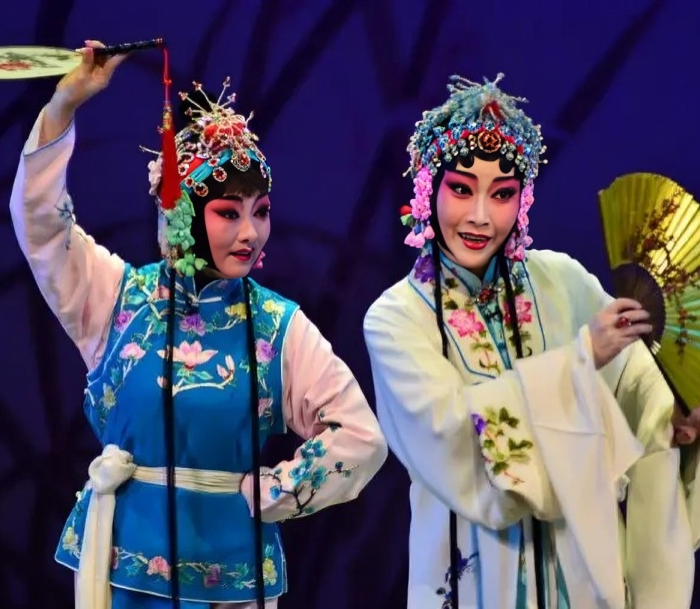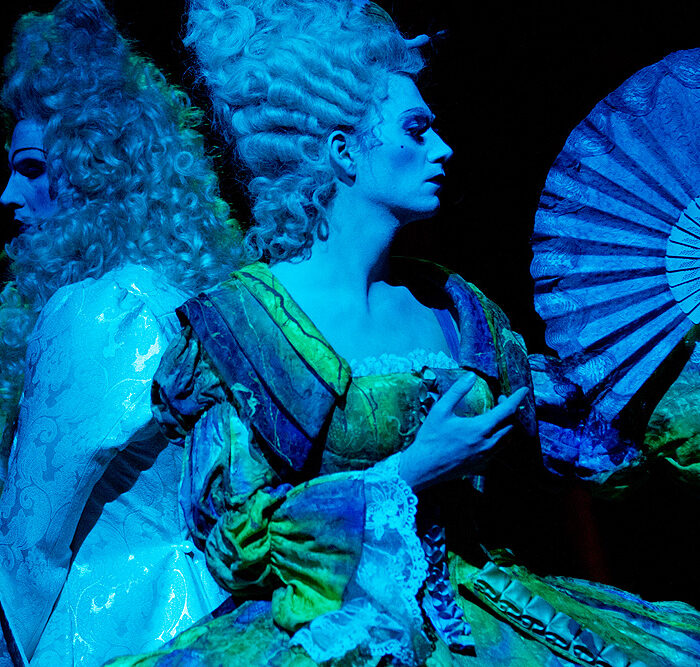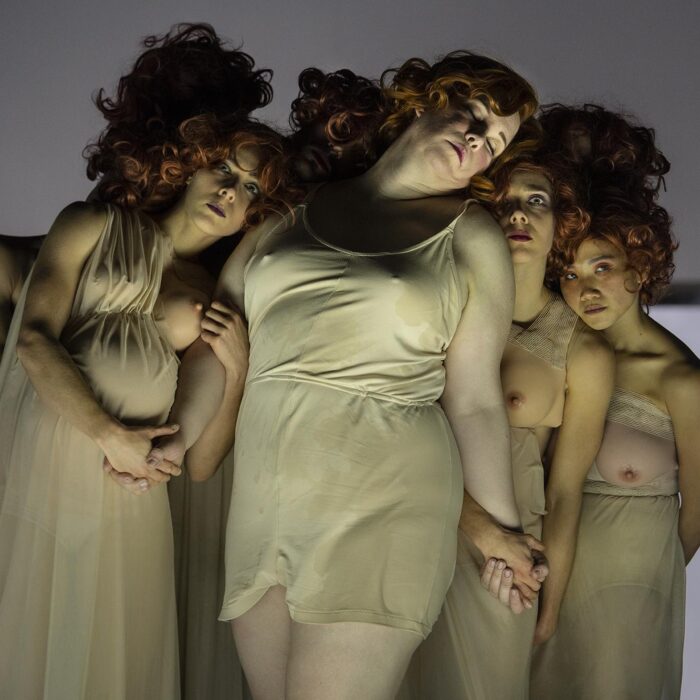
Artist Profile: Anna Netrebko, The 21st Century’s Diva-Par-Excellence
By David Salazar(Credit: Dario Acosta)
The 20th century opera diva, a larger-than-life singer that everyone wanted to see, regardless of their like or disdain for her qualities, is not really a concept one would associate with the modern opera world.
Unless you are Anna Netrebko.
The Russian soprano IS the diva-par-excellence of the modern opera world, her every stop a major event.
Born on Sept. 18, 1971, in Krasnodar, the soprano was a student at the Saint Petersburg Conservatory. During her time as a student, she worked as a janitor at the Mariinsky Theater and there are legends associated with how she was “discovered” during her time working in this capacity. The truth of the matter is that she auditioned for conductor Valery Gergiev who became a major mentor to her, leading the soprano in her opera debut at age 22 in “Le Nozze di Figaro.” She was a fixture in her native country (and still is), but she would start to find international fame in subsequent years, making her San Francisco debut at age 25. A Met debut would come in 2002, as would her Salzburg debut.
She would continue singing her first performances at major theaters such as the Royal Opera House and Los Angeles Opera, but would truly hit her stride in 2005 when she appeared in Salzburg’s “La Traviata” alongside Rolando Villazón. From there, the soprano would eventually establish herself as the prima donna of the opera world. She has become one of Deutsche Grammophon’s premiere recording artists since 2003. She has dozens of recordings with the company.
She has appeared everywhere in the opera world and even had a cameo in the “Princess Diaries.” She has won a number of major awards, including the State prize of the Russian Federation, was named Kammersängerin by the Austrian government and even received the Order of Friendship from the Azerbaijani government.
She even has an asteroid named after her – the Asteroid 31104 Annanetrebko.
She frequently performs with her husband, tenor Yusif Eyvazov.
Signature Roles
Netrebko’s period could be divided up into a few periods. Her early period featured lighter repertoire with the soprano’s interpretation of Juliette in Gounod’s “Roméo et Juliette” and Violetta in “La Traviata” easily her touchstone interpretations. She broke out in 2005 in Salzburg in the latter role, though the former held great importance during those years where she was solidifying her role as the top soprano of her time. The title role in “Manon” was also among her most beloved interpretations.
Her second period has featured far more dramatic repertoire with the soprano becoming a major interpreter of such roles as Tatiana in “Eugene Onegin” and Lady Macbeth in “Macbeth” among her key warhorse interpretations. She has also established herself as a top Leonora in Verdi’s “Il Trovatore.”
Read More on Netrebko
A Review of Her First-Ever Tosca
When She Was Artist of the Week
4 Roles That Never Received CD or DVD Releases
Watch and Listen
Here is THE “Traviata” from Salzburg.
Categories
Opera Wiki

